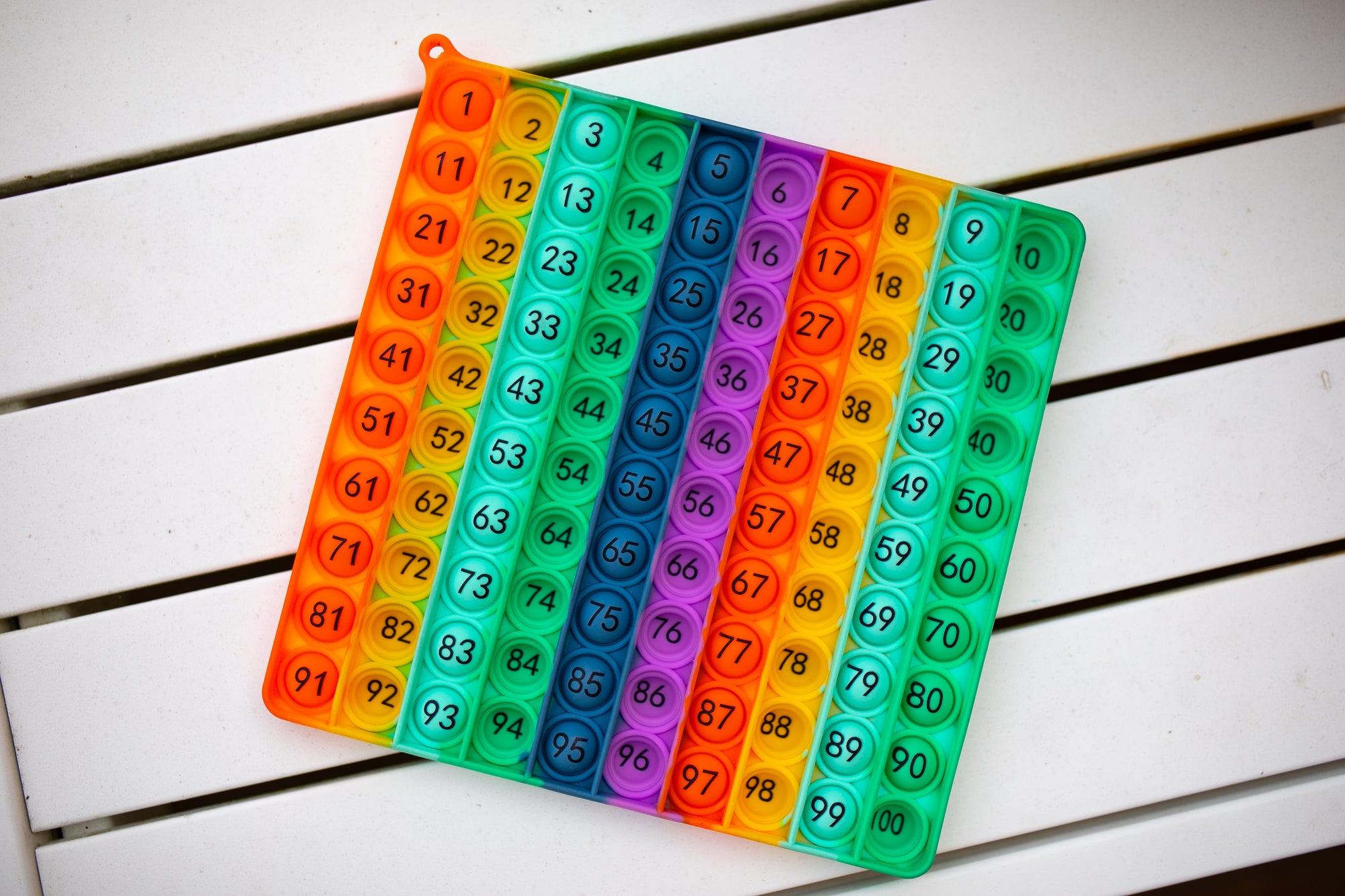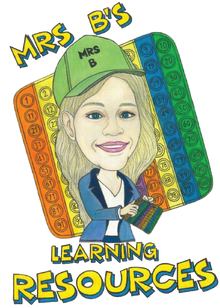

· By Nicole Batzloff
Is Technology Toxic for Primary Maths?
When I was teaching in the classroom, I used a program called Study Ladder. It is extremely well-designed, covers most subjects, and the activities are aligned with the curriculum, allowing you to set tasks for students based on their progress and your term plan. Sounds great, doesn’t it? The reality was different for me, though.
Every day, I faced a myriad of IT issues, from flat batteries in laptops to lost and stolen headphones, and complete system failures. I spent a lot of time fixing these issues. There I was, knee-deep in troubleshooting why a student’s computer wouldn’t connect to the school server, re-entering their password with precise concentration, all while hearing my name called out for various other issues.
“Mrs. B, I can’t hear anything, and my headphones are plugged in.”
“Mrs. B, my Shift key is missing.”
Once all IT issues were resolved, I spent my time ensuring the kids were on task and not switching between programs, which they inevitably did the moment I turned my back.
I was meticulous in setting tasks and genuinely tried to make the learning experience meaningful for each child. I believed this was the way kids wanted to learn—through technology, their preferred interface. However, I felt unfulfilled at the end of the day, as if I had achieved nothing. Upon reflection, I realized I had stopped engaging directly with the kids about their learning and listening to their thoughts.

In mathematics, there are many procedural and computational errors that students can make, and the best way to identify and resolve these issues is to ask them how they figured things out. Often, when kids start explaining their thinking, they realize their own mistakes. Sometimes, they need guidance on where they’ve gone wrong, but ultimately, discussing their thought processes really helps.
This is why I am so excited about introducing the Sensory 100s Chart™️ to classrooms and homes across Australia. It’s interactive and engaging, and kids are happy to work with it. It's also an excellent diagnostic tool, particularly in the early years of primary school, from K to 2. Developing a child's number sense requires specific skills, all of which can be explicitly taught and demonstrated with the Sensory 100s Chart™️. This is why I believe this resource is an absolute game-changer in teaching maths.
Yours in Education,

